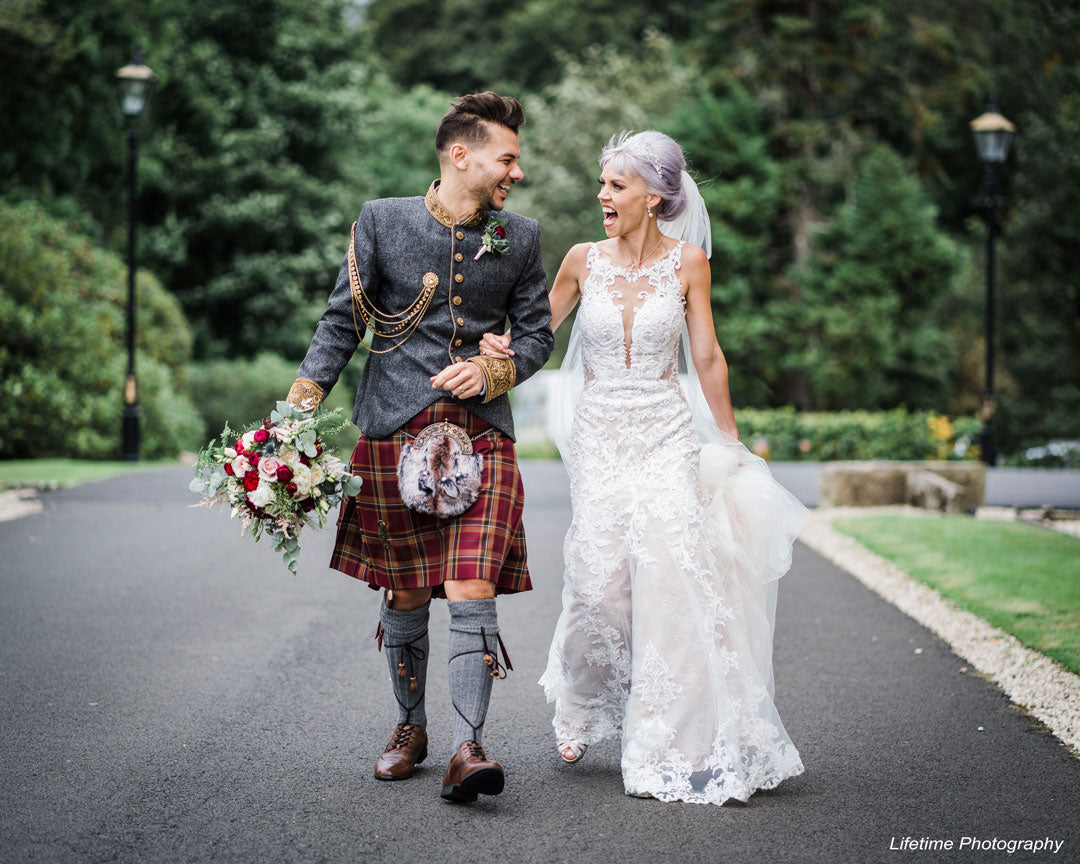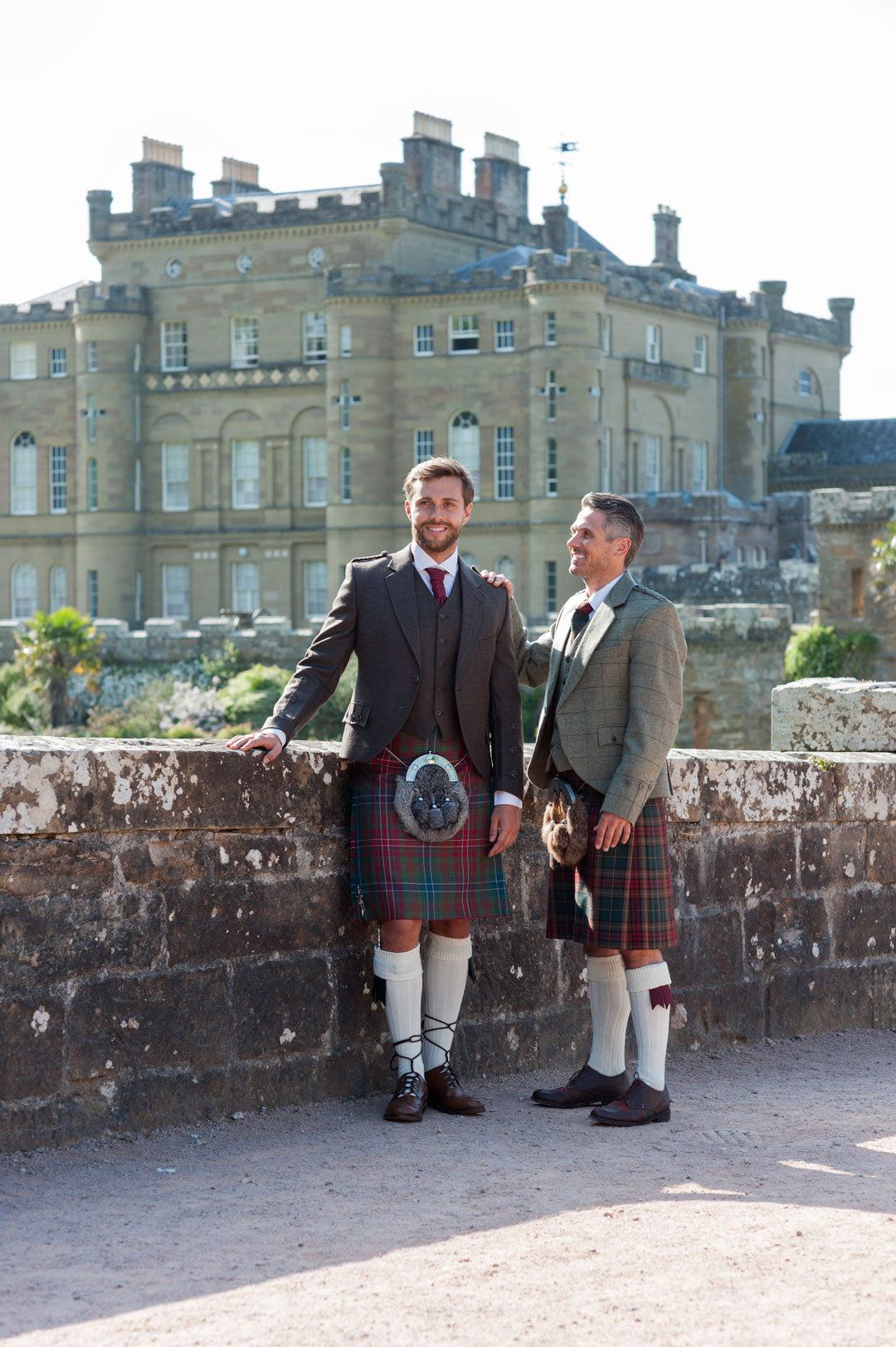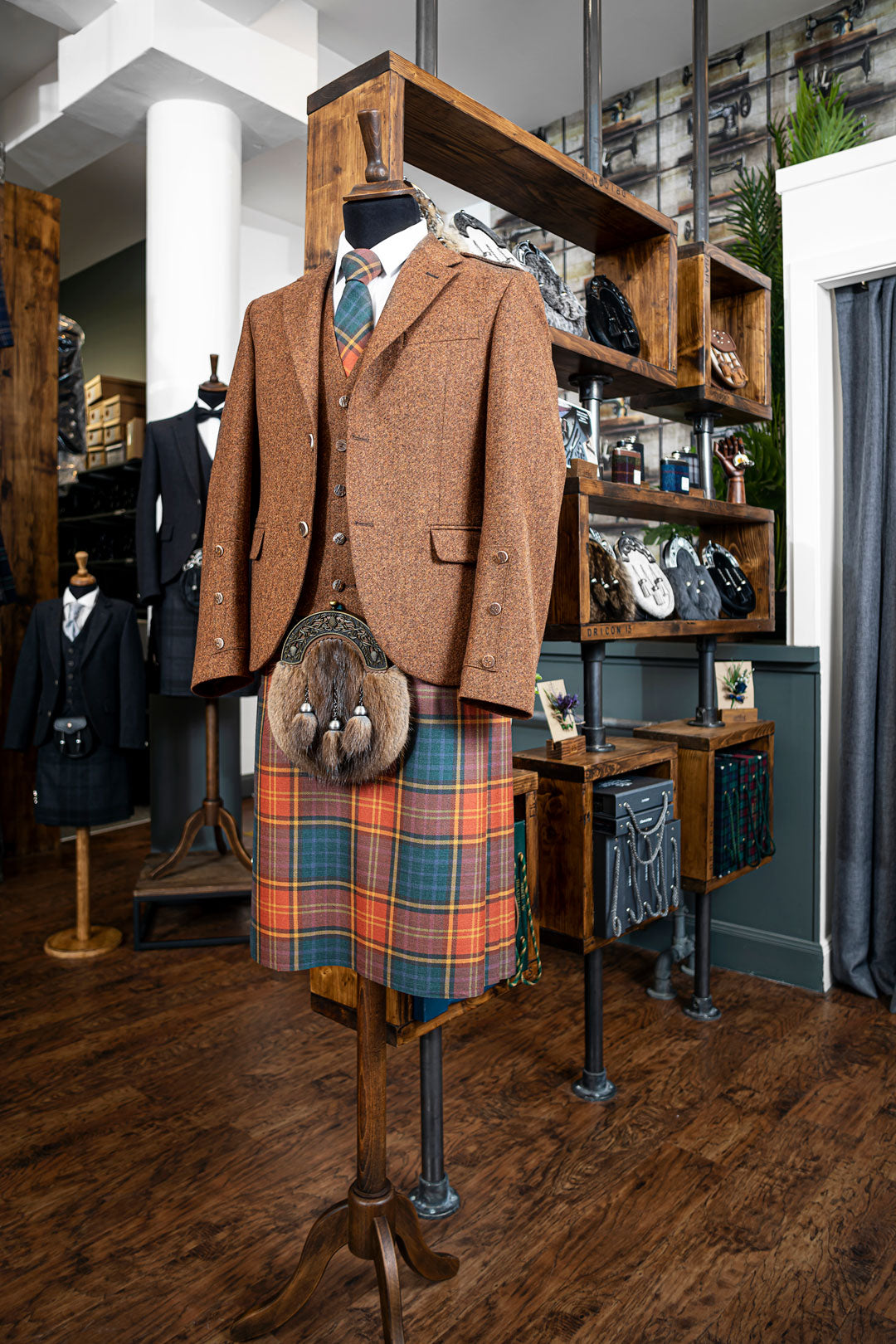People all around the world will be heading out this Friday to celebrate one of the biggest party nights of the year, St. Patrick's day. While I’m sure that there are some people that use St. Patrick as an excuse to have a good time, he has been a significant part of Irish history and culture since the seventh century. St. Patrick's day is celebrated on the 17th day of March each year on the day of his supposed death. He lived during the fifth century and was actually born in Roman Britain. It’s thought that when he was 16, he was kidnapped and brought to Ireland as a slave. After his escape from slavery, he returned to Roman Britain and became a priest. He later travelled back to Ireland to spread Christianity across the Emerald Isle. It’s likely that Patrick was proclaimed a saint by popular opinion and interestingly, he was never actually canonized by the Catholic Church. This was simply because there was no formal canonization process in the Catholic Church during that period.
While the streets will turn green with a sea of people wearing green clothes and decorations this Friday as tradition dictates, what might be more appropriate is tartan. Some people may not realise it, but Ireland has a connection with highlandwear and tartan itself, but not in quite the same way as Scotland does.
 Do the Irish wear kilts?
Do the Irish wear kilts?
Towards the end of the 19th century, there was a renewed interest in pre-Christian Celts in Northern Europe. This period was known as the Celtic Revival and saw a lot of people in Ireland make connections with their Celtic ancestors. One of these connections was through traditional dress in the form of kilts. Evidence suggests that some Irish people started wearing kilts sometime during the early 1800s and while these looked the same as Scottish kilts in design, they were usually solid colours. Saffron was a very popular colour for Irish kilts as well as blue, which is the patron colour of Saint Patrick. The saffron kilt was even adopted by some Irish regiments in the British Army from the 1850’s.
 Are there Irish Clan tartans?
Are there Irish Clan tartans?
While there aren’t Irish clan tartans as such, there are modern Irish tartans that were designed in the 20th century. Instead of having clan or family ties, these tartans are connected with different Irish counties. The beauty of these tartans being designed much more recently than traditional Scottish tartans is that they have really unique look to them. Traditional Scottish tartan colours were created using pigments and materials that were available in the area which meant they tended to look a little plain or even pale, while modern Irish tartans are anything but plain. Irish tartans are vibrant and intricate. Some Irish tartans actually manage to be bright and muted at the same time which is a composition that really isn’t seen in traditional Scottish clan tartans. As Irish tartans are associated with counties, they make an excellent choice for your kilt or tartan trews, as you don’t have to worry about the clan connection.
 What is an Irish kilt called?
What is an Irish kilt called?
An Irish kilt is called the same thing as it is in Scotland, a kilt. This question appears to derive from the confusion around what ancient Irish celts wore, which has been a heated debate over the last 100 years. It all stems from imagery found on everything from stone carvings to paintings of battles in the 16th century. The images depict people wearing lein-croichs which were long tunics. Lein-croichs aren’t too dissimilar in design from the Great Kilt but were made from linen rather than wool. From just looking at a painting or a carving, it’s easy to see how the confusion started as there are a lot of similarities in both. Today, however, there is no difference between a modern Scottish kilt and a modern Irish kilt.
 Your outfit is almost certainly picked out and ready to go for this St. Patrick's day but why not get a head start on next year's look with an Irish tartan highlandwear outfit? While we think a kilt would be the best option for the celebrations, you could choose a pair of Irish tartan trousers or trews instead. Even if you decide to add a little bit of tartan in the form of an Irish tartan scarf or an Irish tartan bow tie, we feel that that would be more fitting than the usual green we see on St. Patrick's day. That’s not to say that green is bad, just that with such a rich Celtic history and stunning Irish tartans to choose form, something a bit different would be a nice touch. Whatever you decide to wear, Happy St. Patrick's day!
Your outfit is almost certainly picked out and ready to go for this St. Patrick's day but why not get a head start on next year's look with an Irish tartan highlandwear outfit? While we think a kilt would be the best option for the celebrations, you could choose a pair of Irish tartan trousers or trews instead. Even if you decide to add a little bit of tartan in the form of an Irish tartan scarf or an Irish tartan bow tie, we feel that that would be more fitting than the usual green we see on St. Patrick's day. That’s not to say that green is bad, just that with such a rich Celtic history and stunning Irish tartans to choose form, something a bit different would be a nice touch. Whatever you decide to wear, Happy St. Patrick's day!

